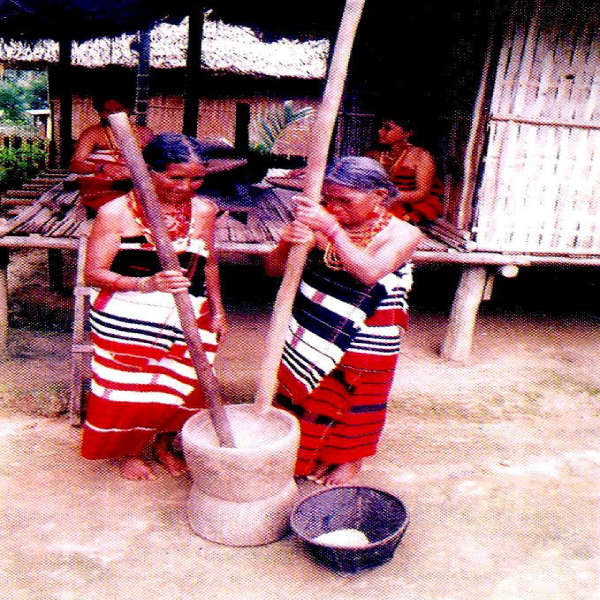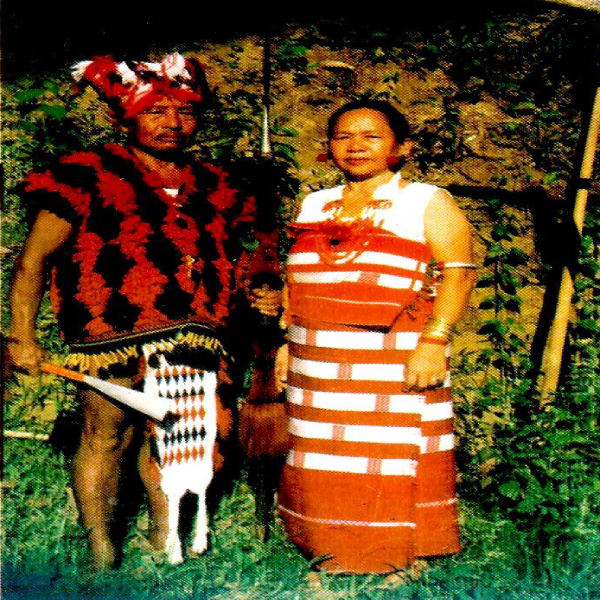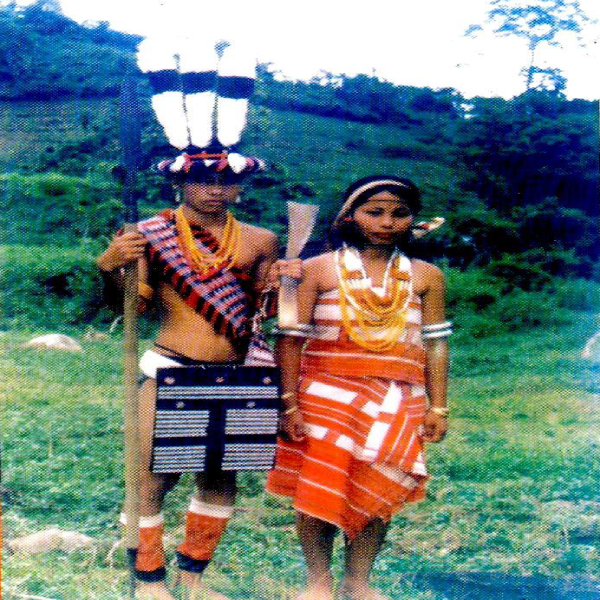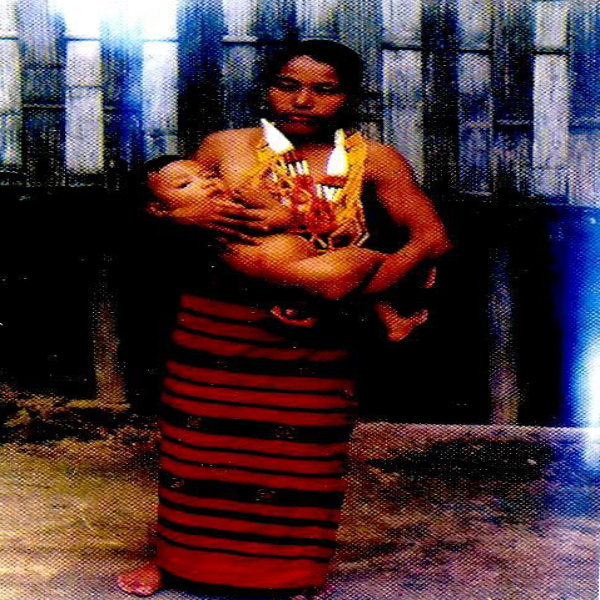
Themes
tribal oral tradition
Rengma Naga Origins & Migration, assam

Representing the Tibeto-Burman family of languages, Rengma Nagas share cultural and linguistic affinities with other Naga tribes. Their elders maintain that the group has roots in very ancient migrational patterns from the eastern Himalayas The oral histories maintain that, like most of the Naga tribes, the Rengmas were also semi-nomadic hunting and shifting-cultivation people. The Rengmas have experienced outside influence over the years but are still able to keep their distinct language, customs, and social structure that are strongly defined by the ideas of kinship ties and exogamous clan-based relations. Women provide significant input into household management and weaving, while men dominate decision-making. This arrangement helps in building a strong sense of family responsibility and collective survival, adding weight to the traditional values of the Rengmas.

A segment of the Rengma Nagas left Nagaland and migrated to Karbi Anglong in Assam in search of new settlements, eventually establishing villages into the hills between Barpathar and Chokihola. It gave birth to a self-identity through the broad spectrum of the Assamese tribal landscape. Because of the long geographic distances between them and other Rengmas, however, they still continued to operate with a traditional governance system and culture. They cohabitate with some neighboring tribes like Karbi and Dimasa as much as possible with some insertion of heritage into their practices.

Rengma society follows an exogamous clan system, meaning marriage within the same clan is strictly prohibited. Violations of this rule lead to excommunication and fines. The eight major clans—Kenpuvnyu, Kanrjnyu, Resobinyu, Jisenbinyu, Sabinyu, Nyenthanyu, Nangdunyu, and Henbunyu—act as fundamental social units regulating marriage alliances. This system ensures genetic diversity and strengthens inter-clan relations. Marriage negotiations are common, and the tradition of bride price remains a significant aspect of Rengma weddings. Rengma families follow a patriarchal lineage where descent is traced through the male line. The father is the head of the family and controls property ownership. A typical household consists of the husband, wife, children, and sometimes unmarried siblings of the head.

Prior to the arrival of Christianity, the Rengma Nagas were defined as animists who believed in, and worshipped, a plethora of deities. Of these, 'Terunyu' was regarded as the highest god, who was worshipped once a year in community rituals. With the advent of Christian missionaries, almost the entire Rengma community of Karbi Anglong became Christians, but some earlier forms of spirituality like nature worship and traditional healing continue to survive as influences in the culture and folklore.

